Less a week into a partial lockdown that has schools, places of worship and markets ordered to close for 42 days, Uganda continues to grapple with another wave of the coronavirus pandemic.
With public gatherings and some travel have been banned, many wonder to what end the government of President Yoweri Museveni will look on as Hospitals report they are no longer able to admit patients to intensive care.
The most affected group is people between the ages of 20 and 39, and the number of severely and critically ill COVID-19 patients is higher than it was in the first wave.
Several vaccination centres and hospitals across the country have suspended programmes, throwing into doubt efforts to vaccinate 21.9 million high-risk people.
The Uganda Medical Association (UMA) said the situation was dire, as the country records week-on-week increases in new cases. The WHO reported 1,735 confirmed cases on Sunday 13 June, compared with 60 cases on 13 May– an increase of nearly 2,800%. As of Monday, the total number of confirmed cases stood at 60,250 with 423 deaths, according to the WHO. The ministry of health reported figures of 63,099 cases and 434 deaths.
We reported how police arrested 10 people over the alleged theft of 600 doses of AstraZeneca vaccines from public health facilities to sell to private pharmacies. There have also been arrests over thefts of oxygen cylinders.
Running out of oxygen
Diana Atwine, permanent secretary at the ministry of health, said in an interview with local media on Monday that there was a high demand of oxygen due to the surge in numbers of COVID-19 patients in High Dependency Units and Intensive Care Units (ICU) across the country.
“Yes, it is true we have shortage of oxygen in the country, and that is why we are trying to get more oxygen plants,” said Atwine.
“We are working on the procurement of more (oxygen) plants, possibly 10 that can give us huge amounts of oxygen at a go. But that is quite a journey,” said Atwine.
Meanwhile, Godfrey Baterana, executive director of Mulago National Referral Hospital in the capital, said the demand of oxygen by COVID-19 patients had outpaced oxygen plants manufacturing capacity.
“You find (a COVID-19) patient requiring 70 liters of oxygen per minute and yet a normal patient in a normal ICU requires between one and ten,” said Baterana.
On Sunday, the National Enterprise Corporation, the commercial arm of UPDF, announced it had started the production and supply of oxygen cylinders and face masks.
Muhereza said the government had installed oxygen plants at referral hospitals “but now you need massive, massive amounts of oxygen that isn’t there”.
“We locked [down] earlier last year … Why didn’t we see these things coming and ameliorate?” he asked.
Emmanuel Ainebyoona, a Ministry of Health spokesman says; “We hope by the end of this week [that] every vaccination centre would have been restocked. We expect to receive 175,000 doses of AstraZeneca this week.”
To show the full extent of the second wave, last month the three major local television stations in Uganda on 27th anchored a joint news bulletin under the theme, Act or Perish.











